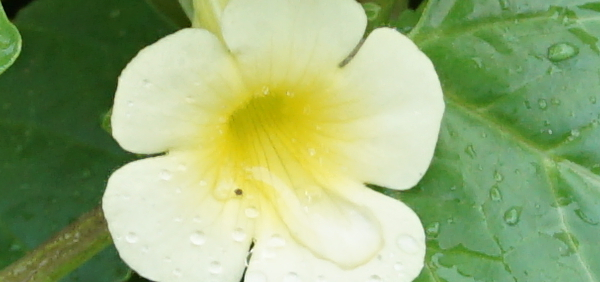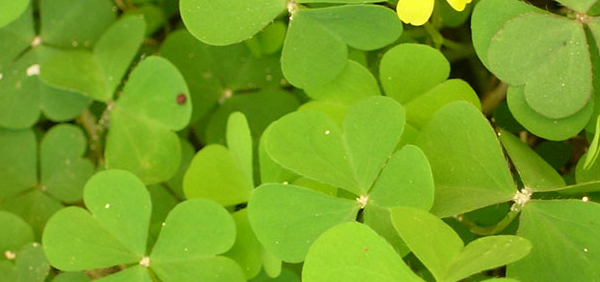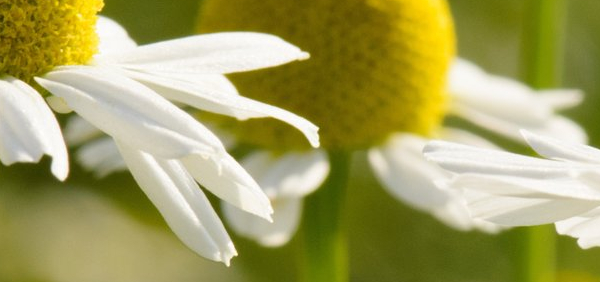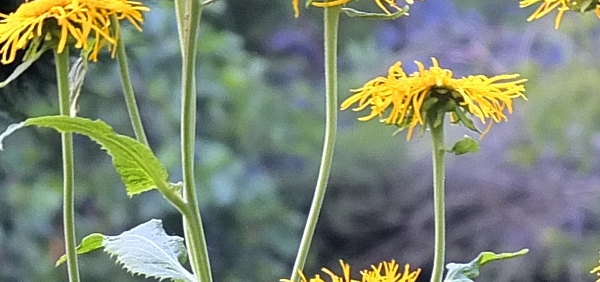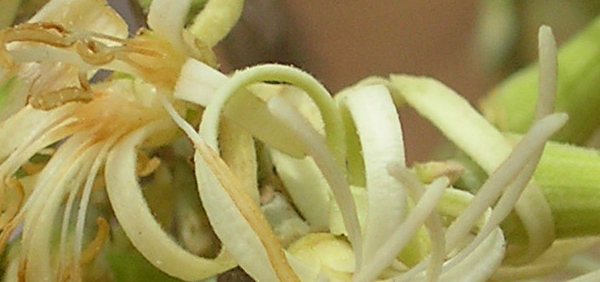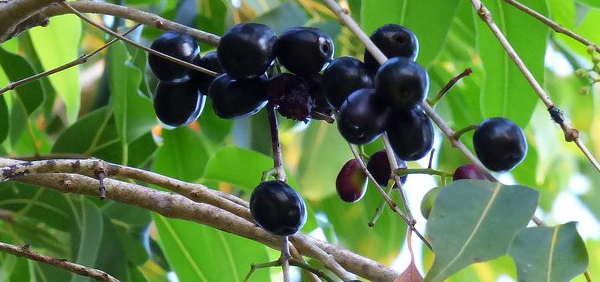guccha :
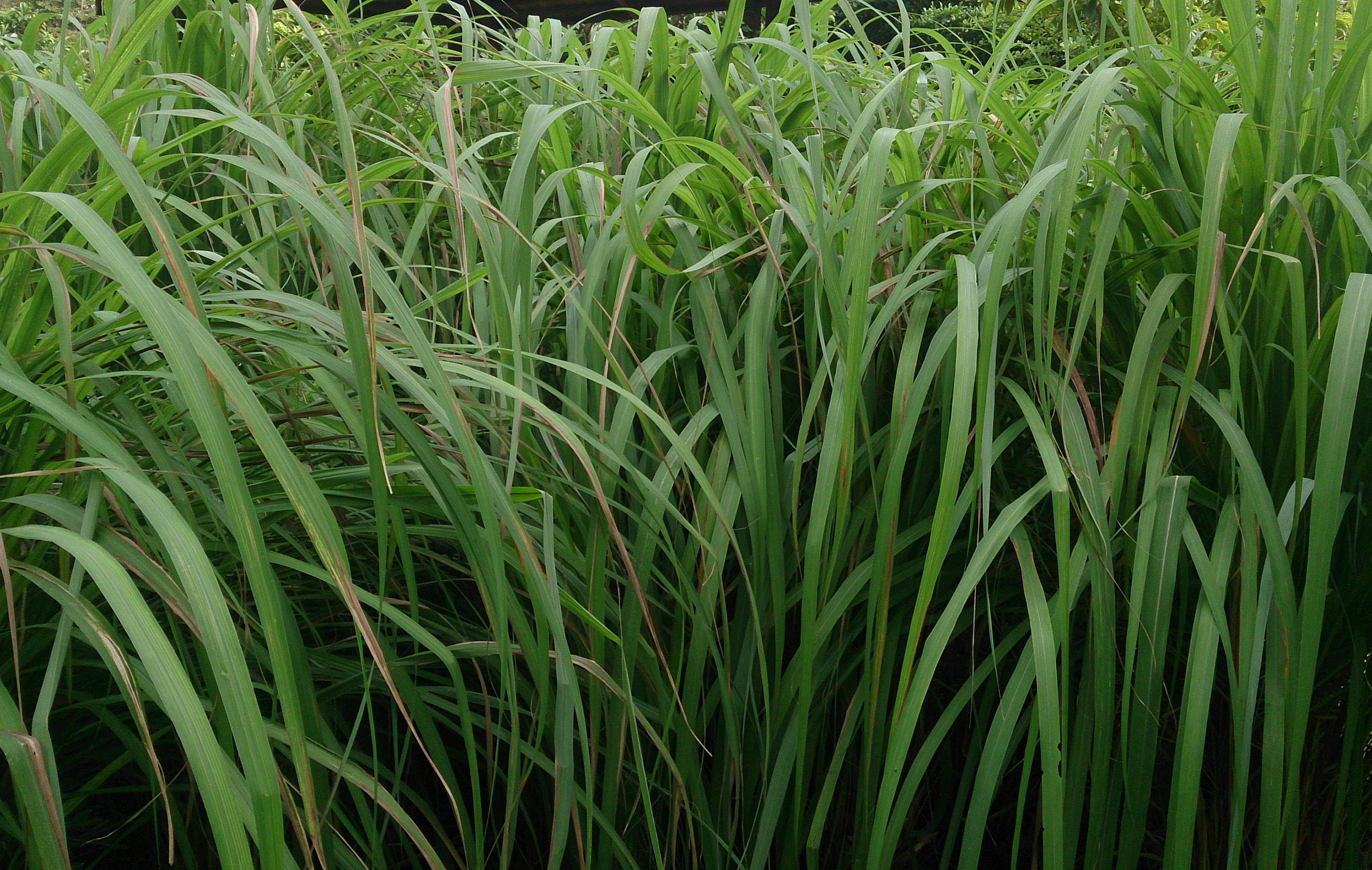
Phytochemistry:
The average yield of essential oil from C. nardus is 0,22-0.44% on air dry grass. The main constituents of oil are geraniol and citronellal, the percentage of these vary from place to place, e.g., Ceylon presently Sri Lanka variety contains total geraniol 55-65% and aldehyde as citronellal 7-15%; Java variety yields 80-92% of total geraniol and 34-46% of aldehyde as citronellal; Formosa variety yields 84.2% of total geraniol and 45.1% aldehyde as citronellal. Guatemala variety yields 85-97% of total geraniol and 28-45% of aldehyde as citronellal and Honduras variety furnishes 85-91% of total geraniol and 30-45% of aldehyde as citronellal, Java citronella oil is far superior to the Ceylon oil due to high percentage of geraniol and citronellal (Thibaud, 1954). The volatile constituents l-a-thujene, l-a-pinene, l-camphene, l-llmonene, 1- borneol and l-a-terpineol (Chakravarti and Bhatacharya, 1953; 1954), Y-cadinene and elemicin (Ghatgey ef a/,,1956) are reported in Malabar lemon grass. In Java Citronella oil, the following volatile constituents are reported (i) alcohols, e.g., isobutyl alcohol, isoamyl alcohol, 3-hexenol, n-hexanol, citronellol, geraniol (ii) aldehydes, e.g., isovaleraldehyde, furfural, benzaldehyde, citronellal, citral, vanillin, (iii) ketones, e.g., methyl heptenone, d-l-methyl-3-cyclohexanone, (iv) esters, e.g., geranyl butyrate, citronellyl citronellate, (v) phenols and phenolic ethers, e.g., eugenol, eugenol methyl ether, chavicol, (vi) terpenes e.g.,; l-limonene, dipentene, (vii) oxides, e.g., dicitronelloxide (viii) sesquiterpene alcohols, e.g., elemol, p-or y-cadinol, cymbopogol (Thibaud, 1954).Malabar lemon grass oil appears to be very much similar to the oil from Inchi
grass. I-Borneol, l-camphene, l-limonene, l-terpineol and sesquiterpenes
including a tertiary alcohol are reported in Inchi grass oil (Chakravarti et
a/.. 1954).
The Ceylon variety when propagated in Jammu (300 m). yielded the volatile
constituents l-camphene, d-citronellal, geraniol, geranyl butyrate and dcadinene (Paul et a/,,1960). C.nardus cultivated at Lucknow, gave 46.4% total
alcohol (as geraniol), 39.95% geraniol and 8 total aldehydes (as citronellal)
(Virmani and Datta, 1965). This species when collected from other place gave
total alcohols (as geraniol) 38.7% primary alcohol (as geraniol) 5.8%, and
aldehydes (as citronellal) 9.9%; free acids, isocaproic, isovaleric, butryric,
propionic acids; aldehydes which were identified as d-citronellal, citral,
isovaleraldehyde and pelargonaldehyde; n-heptyl alcohol, geraniol and
citronellol in free state; esters, acetates, propionates, butyrates and
isovalerates of genaniol and citronallol also reported (Gulati and Sadgopal,
1972). p-pinene (15%), limonene (28%), methyl heptenone (3%), aphellendrene (16.25%), citronellal (5.5%), camphene (0.25%), linalool (8 %),
citronellol (6 %), geranyl acetate (7%), nerol (3%) and geraniol (8 %) were
reported In C. nardus var stracheyl. (Mathela and SInha, 1978). Citronellal
(32.0 %), citronellol (14.4%) and geraniol (20.1%)were obtained from
Cymbopogon species of Bangladesh (Manzoor i Khuda et a/.,1984).
- » Classification and names of guccha
- » Synonyms and definitions of guccha
- » Drug Properties of guccha
- » Chemical Constituents of guccha
- » Standardization of guccha
- » Parts used and Dosage of guccha
- » Morphology and Histology of guccha
- » Distribution and Conservation of guccha
- » Cultivation of guccha
- » guccha in the market
- » Medicinal Uses of guccha
- » Researches and clinical trails of guccha
- » guccha in other sytems of medicine
- » Ayurvedic formulations with guccha
- » Images of guccha





